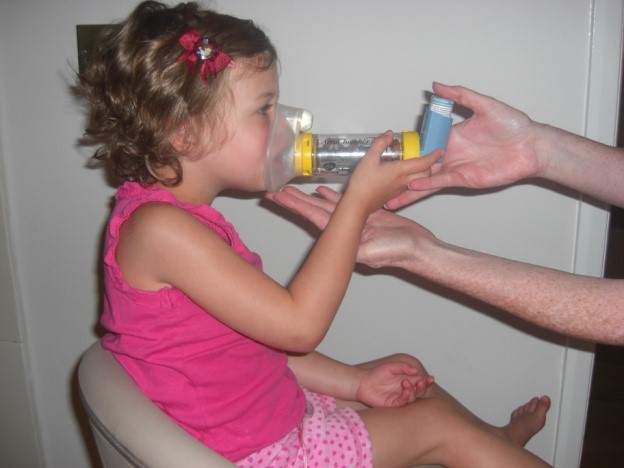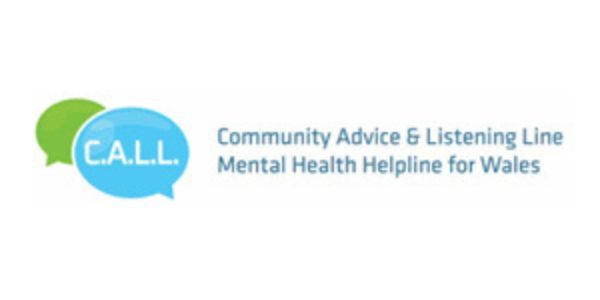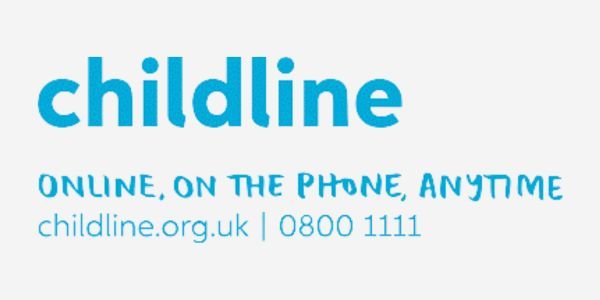A worsening of your child’s asthma caused by exposure to one of their triggers. These vary between children but the most common ones are coughs and colds, cold weather, cigarette smoke, pet fur or feathers and pollen.
Over the next few days, your child will need to be regularly given a blue (salbutamol) reliever inhaler.
Dose of blue (salbutamol) reliever inhaler via Spacer:
Today ....... puffs, ....... hourly for first ....... day(s)
Then ....... puffs, ....... hourly for next ....... day(s)
Then ....... puffs, ....... hourly until symptoms improve
after which your child should be back to normal and you should be able to stop the blue inhaler.
In the event that your child has been started on steroid tablets, these should be continued once daily (usual treatment course is 3 days).
If your child becomes increasingly breathless despite following the plan above, you should follow the instructions outlined in the table below.
You should continue your child’s normal preventer treatment(s) during an acute exacerbation of asthma.
At the start of cold symptoms (such as runny nose), begin your child on blue (salbutamol) reliever inhaler 2 puffs 4 hourly (including through the night).
















